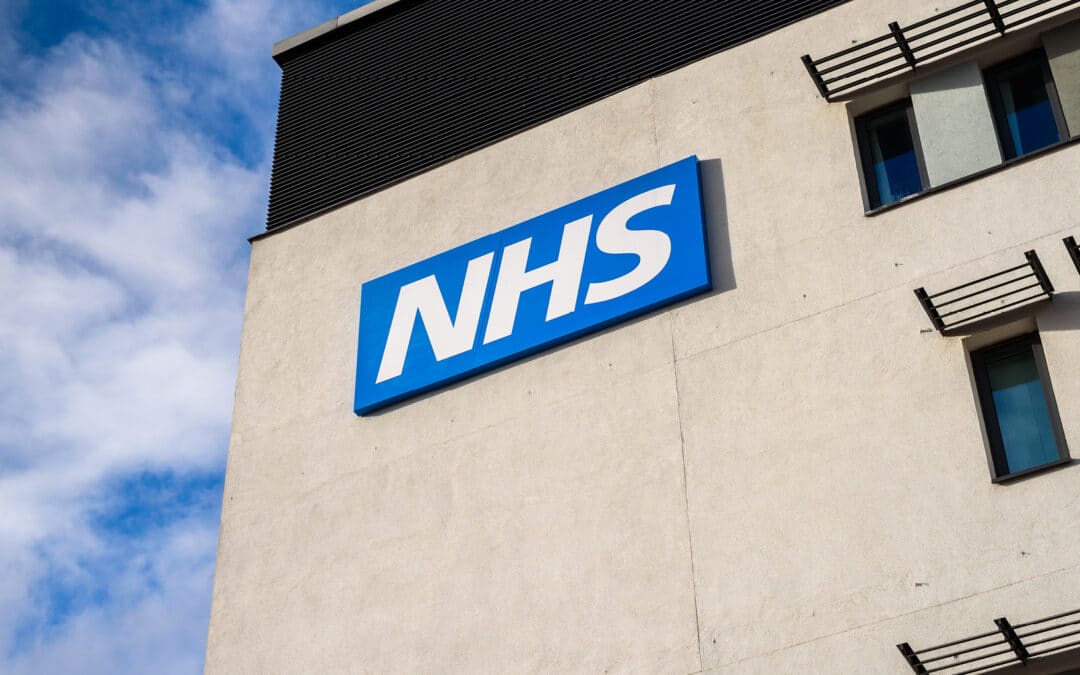The quality of health data plays a crucial role in delivering exceptional support to patients, and this relies heavily on a company’s hardware assets and the overall health of its equipment. Unfortunately, the National Health Service (NHS) faces a significant challenge with an estimated loss of £13 million annually due to stolen and lost equipment. Addressing this issue requires a successful asset tracking plan that begins with a comprehensive inventory of all facilities assets.
To effectively manage assets over time, it is essential to conduct a meticulous audit of the company’s current resources and categorize them by type. Documenting vital information about each asset, such as its value, years in service, manufacturer details, parts vendors, and maintenance records, can significantly streamline asset management processes. The more thorough the audit, the smoother it will be to schedule maintenance or any necessary procedures when the assets require attention.
Selecting appropriate asset labels is another critical aspect of efficient asset tracking. Given the unique environment in healthcare settings, where assets may undergo regular sanitization procedures and face environmental hazards, it is imperative to choose asset tags that can withstand these conditions. Some asset tags are designed for high-value equipment and come in Ultra Destructible and tamper-proof materials, serving as a deterrent against theft.
An effective asset tracking system can also help organizations avoid unnecessary expenses caused by duplicate asset purchases. By implementing a robust inventory management system, healthcare facilities can significantly reduce or even eliminate this expense.
The management solution should be maintained in a centralized database accessible to the technology staff. The IT team plays a vital role in efficiently managing all inspection, maintenance, and testing procedures, as well as locating the necessary tools required for healthcare organizations to comply with regulatory standards.
Pairing asset tracking with asset management software solutions can revolutionize the management of various asset types throughout their lifecycle. Healthcare organizations can monitor the condition of assets, schedule and manage maintenance activities, and track the lifetime costs associated with individual assets. Moreover, by strategically replacing assets after they have been fully depreciated, organizations can enhance safety by removing older assets from service before they experience permanent breakdowns.
In conclusion, healthcare organizations stand to gain numerous benefits from effective asset tracking. By adhering to best practices in tracking healthcare assets, such as meticulous audits, robust asset labeling, and seamless integration with asset management software, facilities can achieve streamlined asset management, cost savings, and ultimately improve the overall delivery of care to patients.


Recent Comments